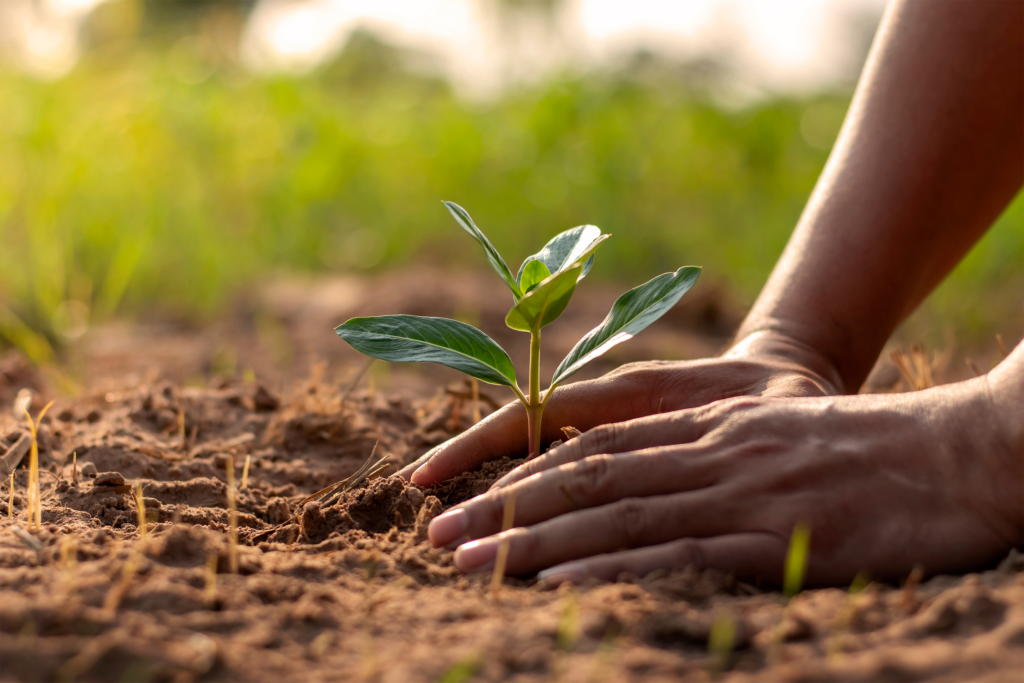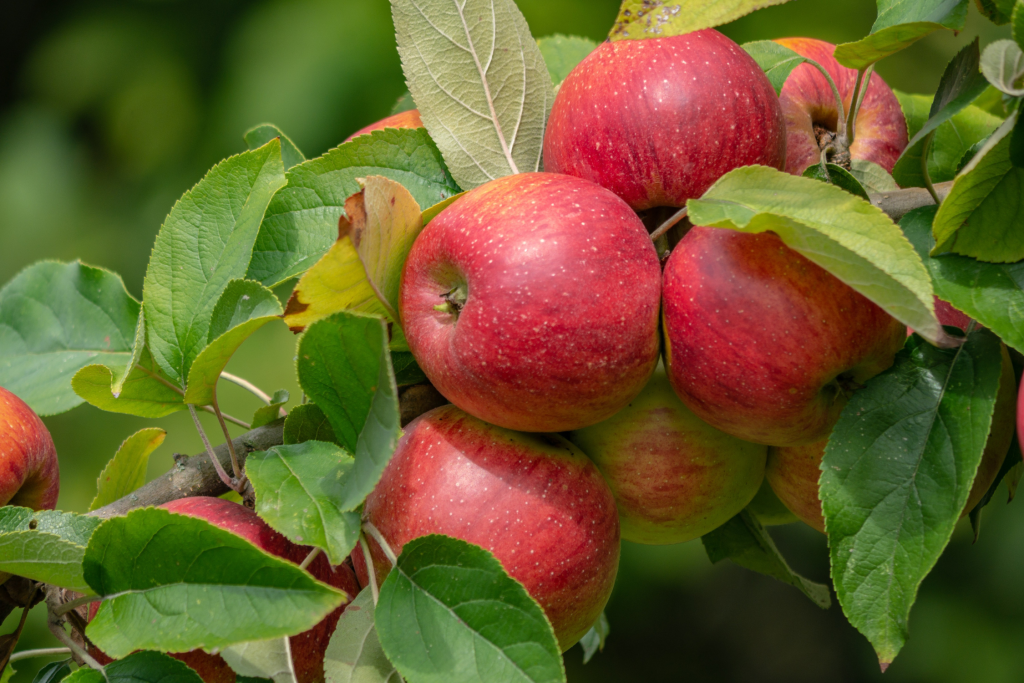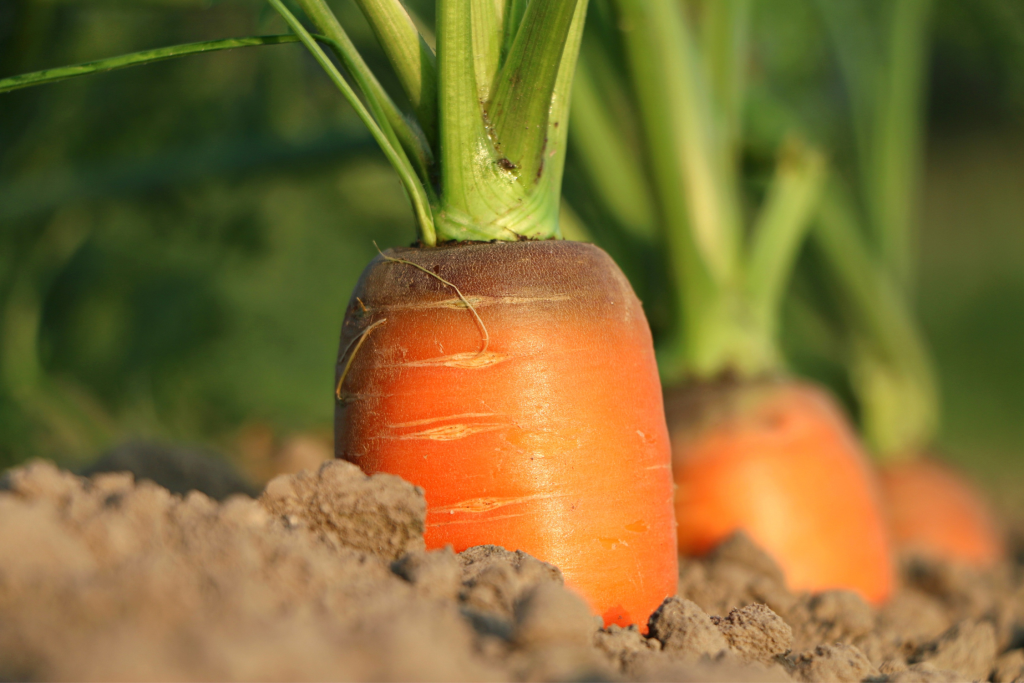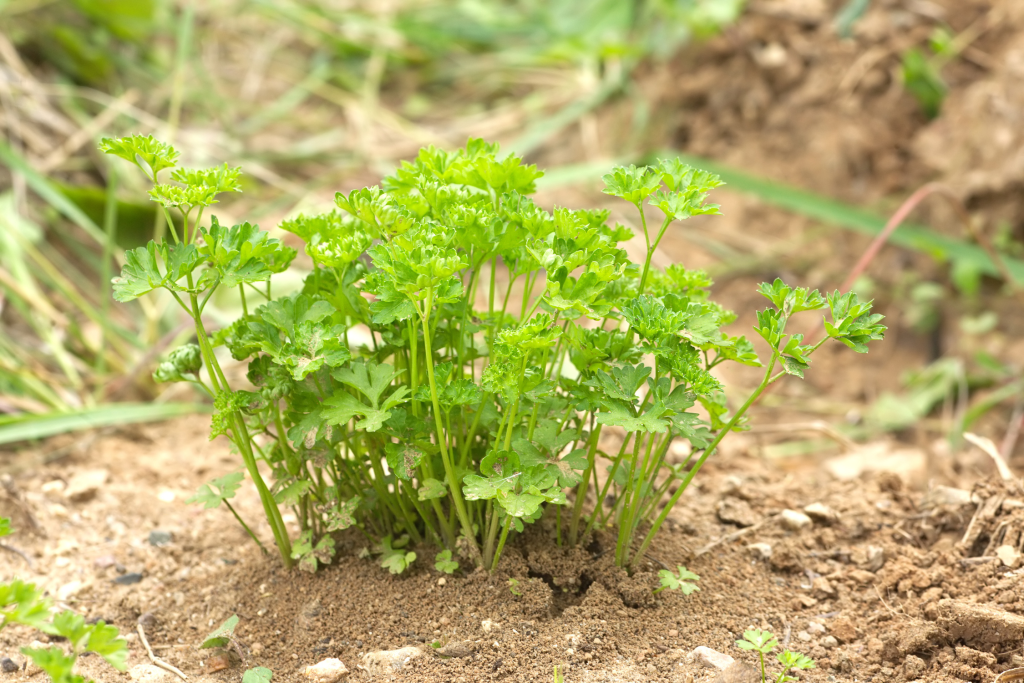
Silty soil is a gardener’s delight due to its fine texture, high fertility, and excellent moisture retention. While it can present challenges like compaction and drainage issues, many plants thrive in this type of soil. Here’s a guide to the best fruits, vegetables, herbs, and other plants that will flourish in silty soil, along with tips for cultivating them successfully.
Characteristics of Silty Soil
Silty soil is composed of fine particles that are smoother than sand but not as sticky as clay. It holds nutrients well and retains moisture without becoming too waterlogged. These properties make silty soil an excellent medium for a wide range of plants, particularly those that require consistent moisture and rich nutrients.
Best Fruits for Silty Soil

- Apples: Apple trees thrive in well-drained, fertile soil, making silty soil an ideal choice. Ensure proper drainage to avoid waterlogging, and consider mulching to retain moisture.
- Pears: Like apples, pear trees prefer fertile, well-drained soil. Silty soil provides the necessary nutrients and moisture retention for healthy growth.
- Plums: Plums grow well in silty soil due to its moisture retention and nutrient availability. Regular pruning and thinning help ensure a good harvest.
- Berries (Raspberries, Blackberries): Berry bushes benefit from the nutrient-rich and moisture-retentive properties of silty soil. Ensure adequate spacing and support for optimal growth.
Best Vegetables for Silty Soil

- Carrots: Carrots prefer loose, well-drained soil. Silty soil provides the right texture and nutrients for strong root development.
- Lettuce: Lettuce grows well in silty soil due to its moisture retention, which is crucial for this leafy green. Regular watering and shading can help maintain optimal growing conditions.
- Peas: Peas benefit from the fertility and moisture retention of silty soil. Support structures like trellises can enhance their growth.
- Tomatoes: Tomatoes thrive in nutrient-rich soil. Silty soil’s fertility supports robust plant growth and fruit production. Ensure proper drainage and consistent watering.
Best Herbs for Silty Soil

- Basil: Basil thrives in fertile, well-drained soil. Silty soil provides the nutrients and moisture needed for lush growth.
- Cilantro: Cilantro benefits from the nutrient-rich and well-drained nature of silty soil. Regular watering ensures healthy plants.
- Parsley: Parsley grows well in silty soil due to its fertility and moisture retention. Regular harvesting encourages new growth.
- Dill: Dill prefers well-drained, fertile soil. Silty soil’s characteristics support its growth, ensuring a steady supply of fresh herbs.
Other Plants for Silty Soil
- Flowers (Marigolds, Zinnias): Many flowering plants, like marigolds and zinnias, thrive in silty soil due to its fertility and moisture retention. Regular deadheading promotes continuous blooming.
- Shrubs (Hydrangeas, Azaleas): Shrubs like hydrangeas and azaleas flourish in silty soil. These plants benefit from the soil’s ability to retain moisture and nutrients, supporting lush growth and vibrant blooms.
- Grasses (Fescue, Ryegrass): Grasses grow well in silty soil, making it suitable for lawns and ornamental grass plantings. Regular mowing and fertilization maintain a healthy lawn.
Tips for Thriving in Silty Soil
- Add Organic Matter: Enhance soil structure and fertility by adding compost, well-rotted manure, or leaf mold. This improves aeration and water retention.
- Mulch Regularly: Apply a layer of organic mulch to retain moisture, suppress weeds, and protect soil from erosion. As the mulch decomposes, it adds nutrients to the soil.
- Avoid Compaction: Prevent soil compaction by minimizing foot traffic on garden beds. Use pathways and raised beds to keep soil loose and well-aerated.
- Ensure Proper Drainage: Avoid waterlogging by ensuring proper drainage. Raised beds or contour planting can help manage excess water.
- Regular Watering: Maintain consistent moisture levels by watering regularly, especially during dry periods. Avoid overwatering to prevent waterlogging.
- Fertilize Appropriately: Use organic or balanced fertilizers to maintain soil fertility. Regular soil testing helps determine nutrient needs.
Conclusion
Silty soil offers a fertile and moisture-retentive environment that can support a wide variety of plants. By selecting the right fruits, vegetables, herbs, and other plants, and by implementing proper soil management practices, you can create a thriving garden. Embrace the unique qualities of silty soil, and watch your garden flourish with lush, healthy plants.



